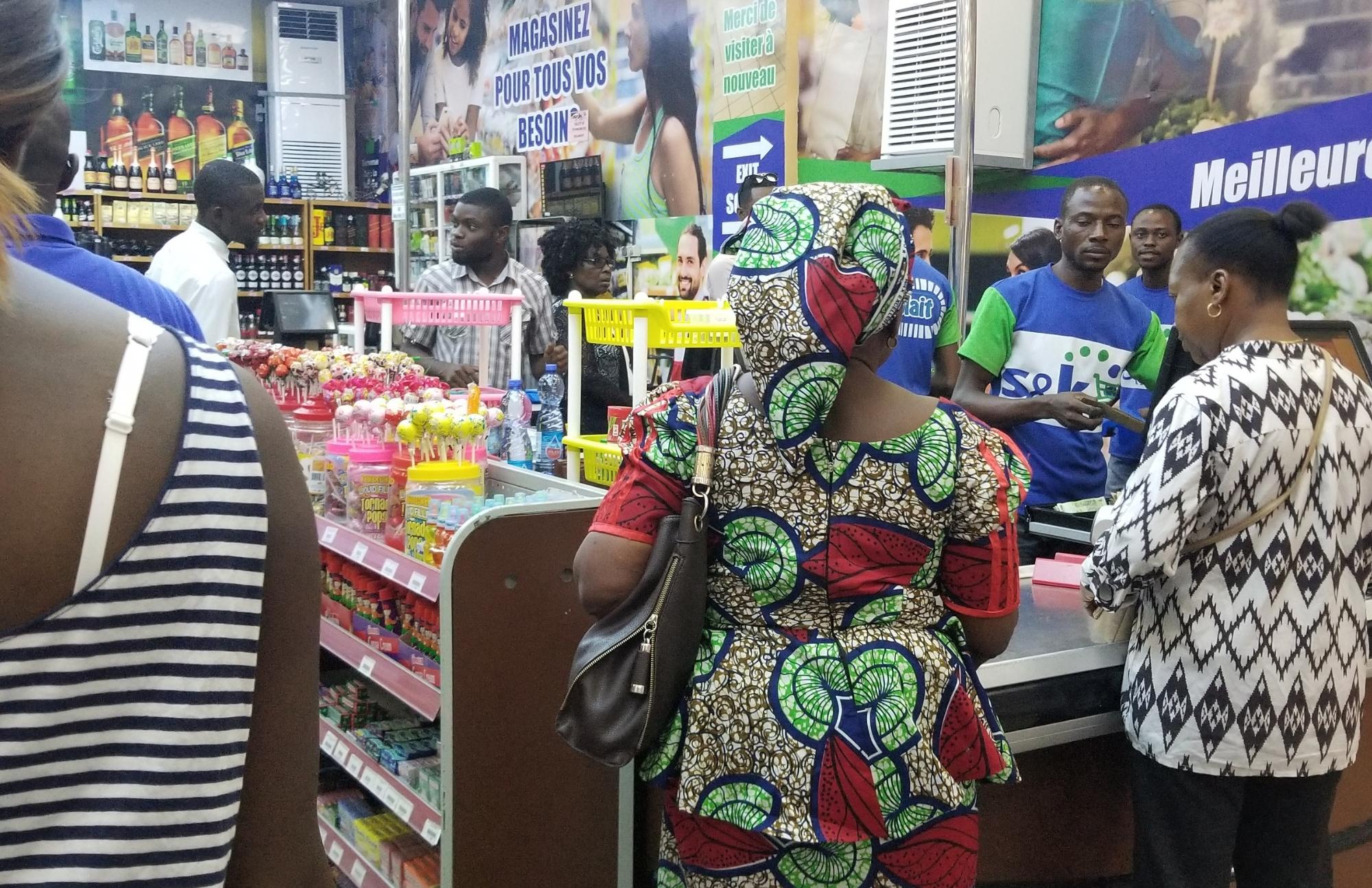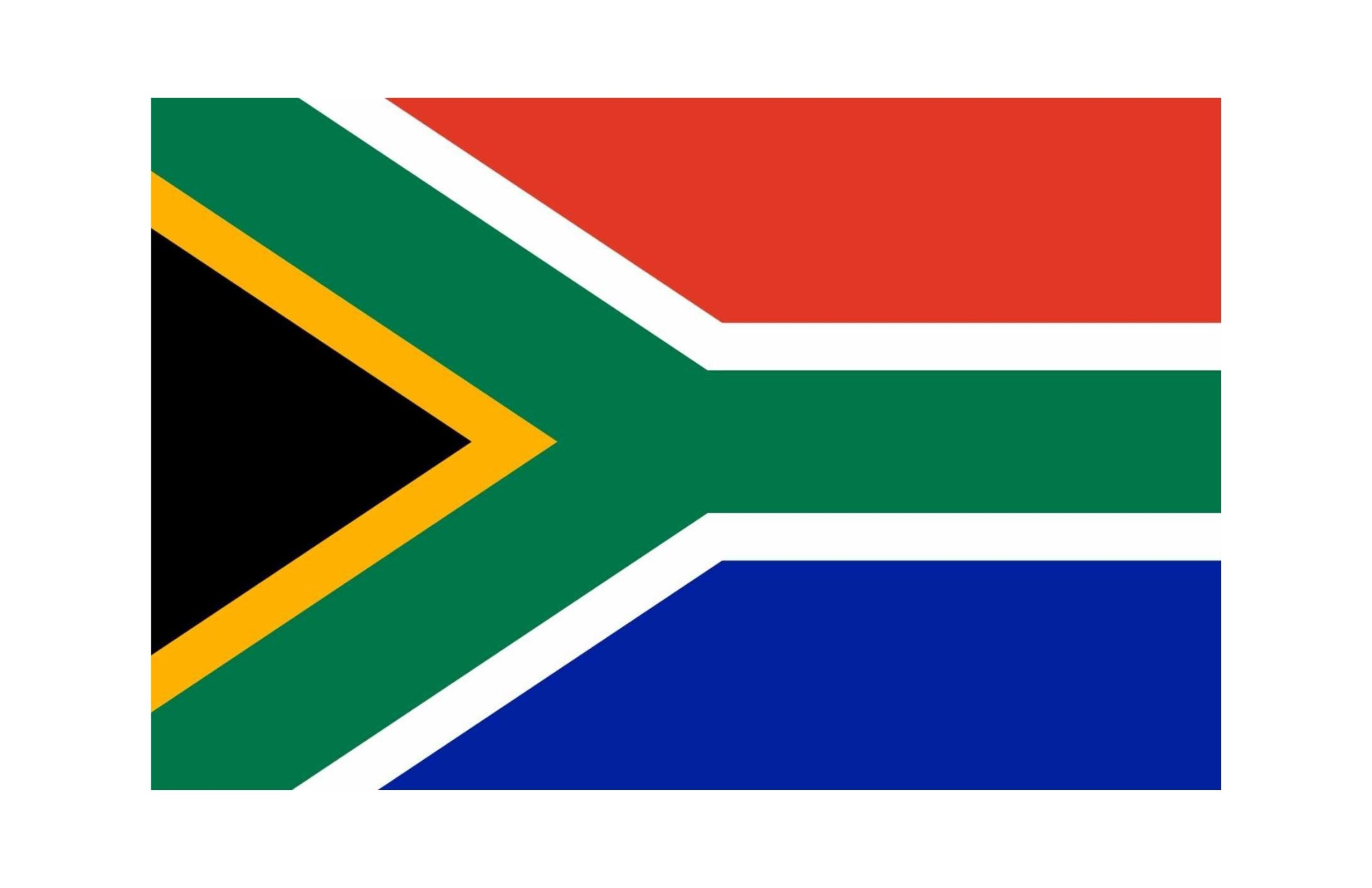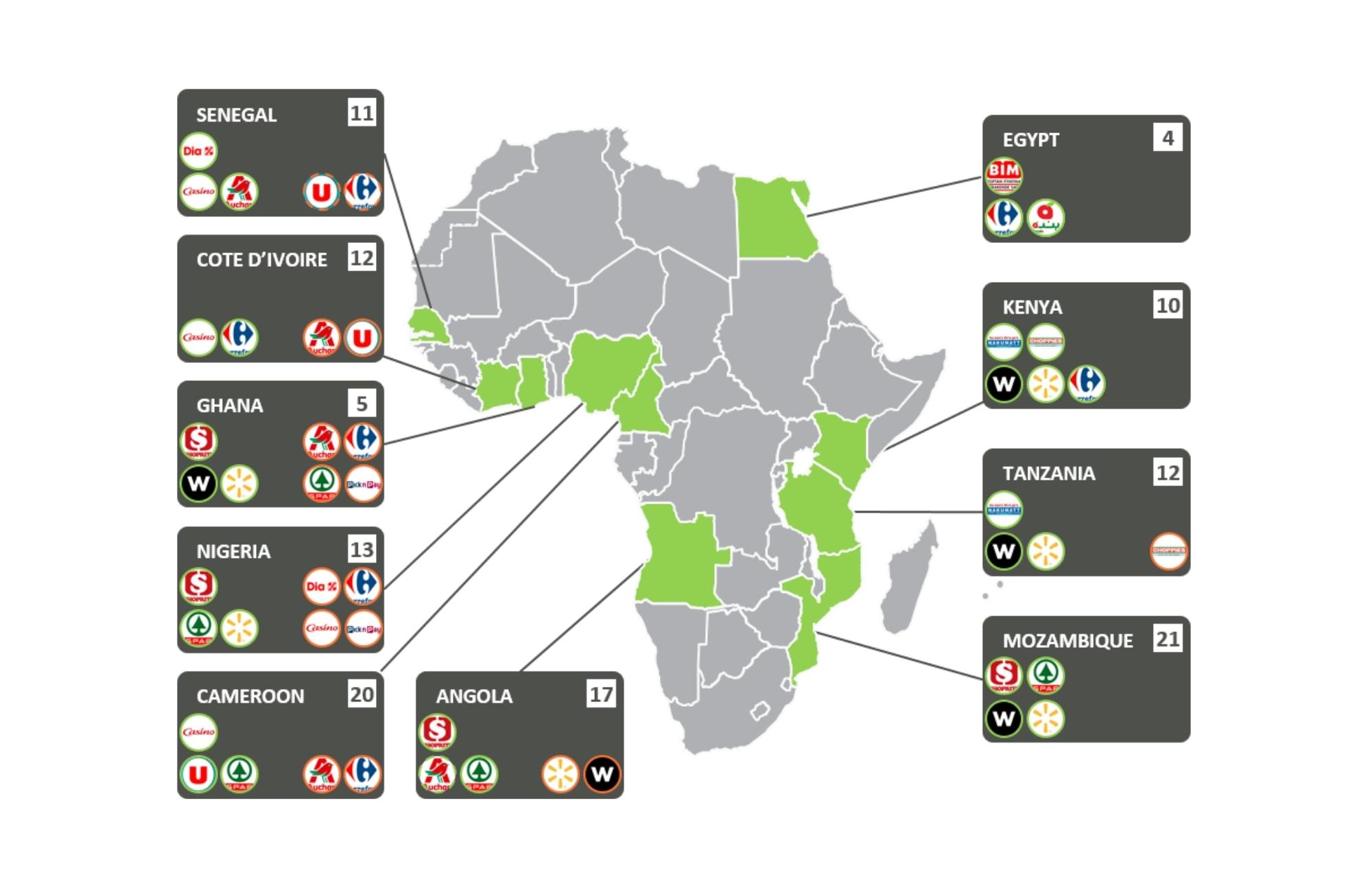We’re now in Q4, which means most FMCG commercial teams will be doing their strategic planning for 2024, finalising targets and laying the groundwork for a successful year of expansion. Over the past 18 months, Trendtype has worked on strategic planning projects for a number of clients. Here’s what we know:
- Nobody is using best-in-class data. Most companies aren’t using any reliable data at all.
- Many companies are still getting caught out by operational risks, which aren’t always factored into strategic planning
- The focus tends to be on generic opportunity (e.g. GDP growth) and less on whether a company has a right to win
- Targets (and ambitions) are misaligned with resourcing
Are you strategic planning for 2024 or beyond 2024?
It’s a great question. A one year strategic plan isn’t really a strategic plan. But most strategic planning by FMCG companies on Africa expansion markets is primarily concerned with how to hit targets for the next year.
The question is challenging because of how much change is going on: economic pressures, political risk, regulatory changes, tariff changes. But it is answerable (we do this) and can be placed within the context longer term strategic planning.
We would flag that right now some near term trends (e.g. risk) contradict long term trends (mostly e.g. growth). This is particularly obvious in markets most FMCG companies are interested in like Egypt (currency devaluation), South Africa (squeeze on consumer spend), Nigeria (currency devaluation) or Morocco (pricing architecture re-alignment).
It is possible to align near term opportunities and risks with a longer term strategic picture but you have to measure the right things and ask the relevant questions. It isn’t sensitive enough to take a generic look at risk and reward. Among the defining features of FMCG markets in Africa is that the mechanics of route to market matter much more than in developed markets and they are more sensitive to economic shock.
Who is winning in 2023?
The elephant in the room is commodity prices. At the time of writing, brent crude is above $90 a barrel. In 2022, five countries accounted for more than half of global oil production and increasingly the market price is being set by one country: Saudi Arabia. For strategic planning purposes, it means two things in (mostly low income) African markets:
- How will commodity prices affect the FMCG market?
- Which types of brands, product categories and price points are best suited to benefit?
The answer isn’t simple. Pressure doesn’t mean that everything is contracting. The underlying picture of high population growth rates shapes opportunities and also creates challenges.
But clearly, most consumers are low income and have vulnerable incomes. Those consumers have had to adjust their expectations of price and quality quite dramatically over the last 24 months. Brands that cannot respond to inflationary pressures can only find growth among customers who are insensitive to price increases. We would emphasise how problematic that is in some mass market product categories for brands whose route to market is import only, premium products.
In 2023, the winners have primarily been responsive manufacturers who have re-examined what value, quality and premium look like to cash-squeezed consumers in African markets.
What changes in 2024?
After three full years of disruption (COVID-19, the war in Ukraine, global inflation) the big hope is that in 2024 things will settle down again. Certainly, inflation is beginning to fall globally. But a fall in the rate of inflation is still inflation. Prices will still rise, just less quickly. Where currencies are devaluing, like Nigeria and Egypt, inflation rates continue to rise.
Politically, we are not over the peak of risk. The impact of price rises and pressure on growth is that political instability is at an unprecedented level (this is not an Africa-only trend). In Egypt President Sisi announced he would seek a third term as president, a decision not made on rising popularity. Loadshedding and cost of living still loom large in South Africa. In September 2023, Nigeria’s power network collapsed briefly. The Naira is in freefall. There are systemic threats to living standards that the respective governments in each country have not managed to answer.
In October the IMF publishes its revised economic forecasts, which will tell us how it has adjusted its data since April. Before that is published, we think the picture for 2024 is largely a continuation of 2023. The pressure on consumer spend will ease we but don’t see a big rebound in disposable incomes in the next 12 months while oil prices remain high. The advice we are giving our clients is to think tactically about 2024 but understand strategically what has changed in the past 24 months and how it affects your brand’s competitiveness, positioning and right to win.
To talk to us about strategic planning for 2024 in Africa, book a call using Calendly below.










